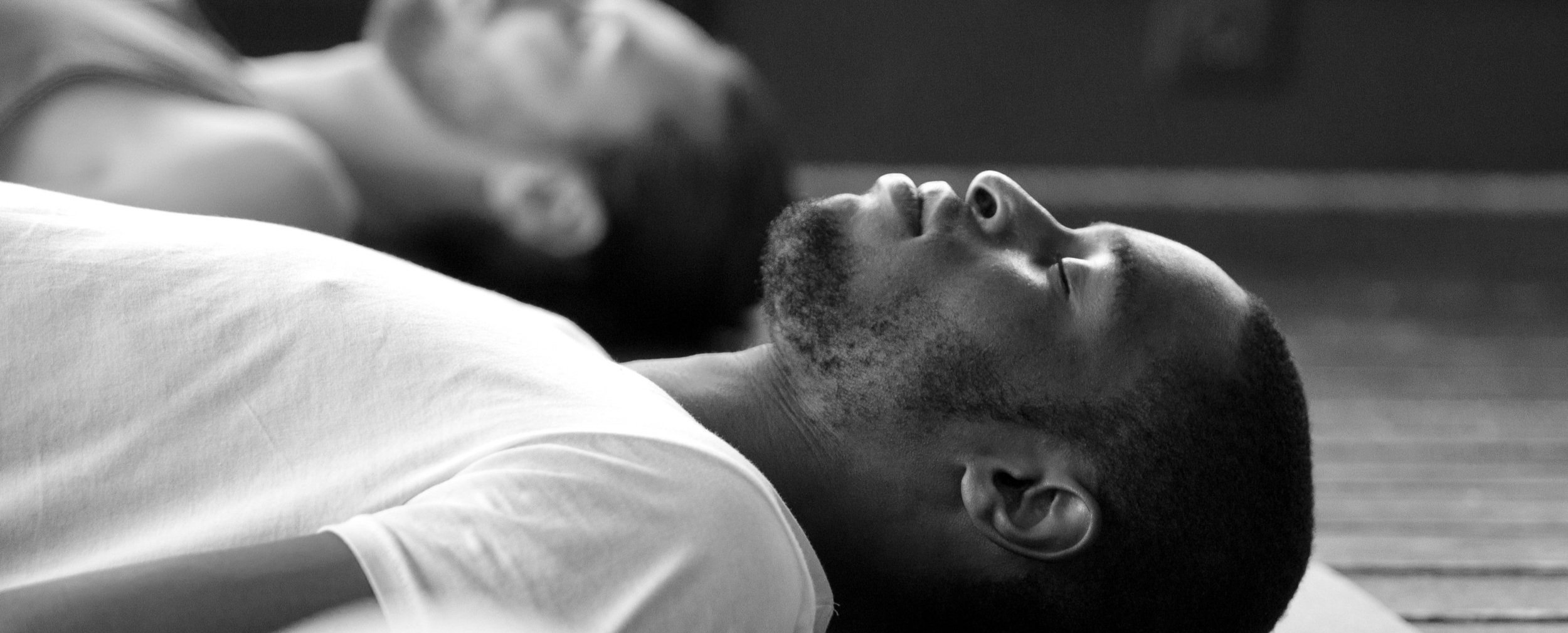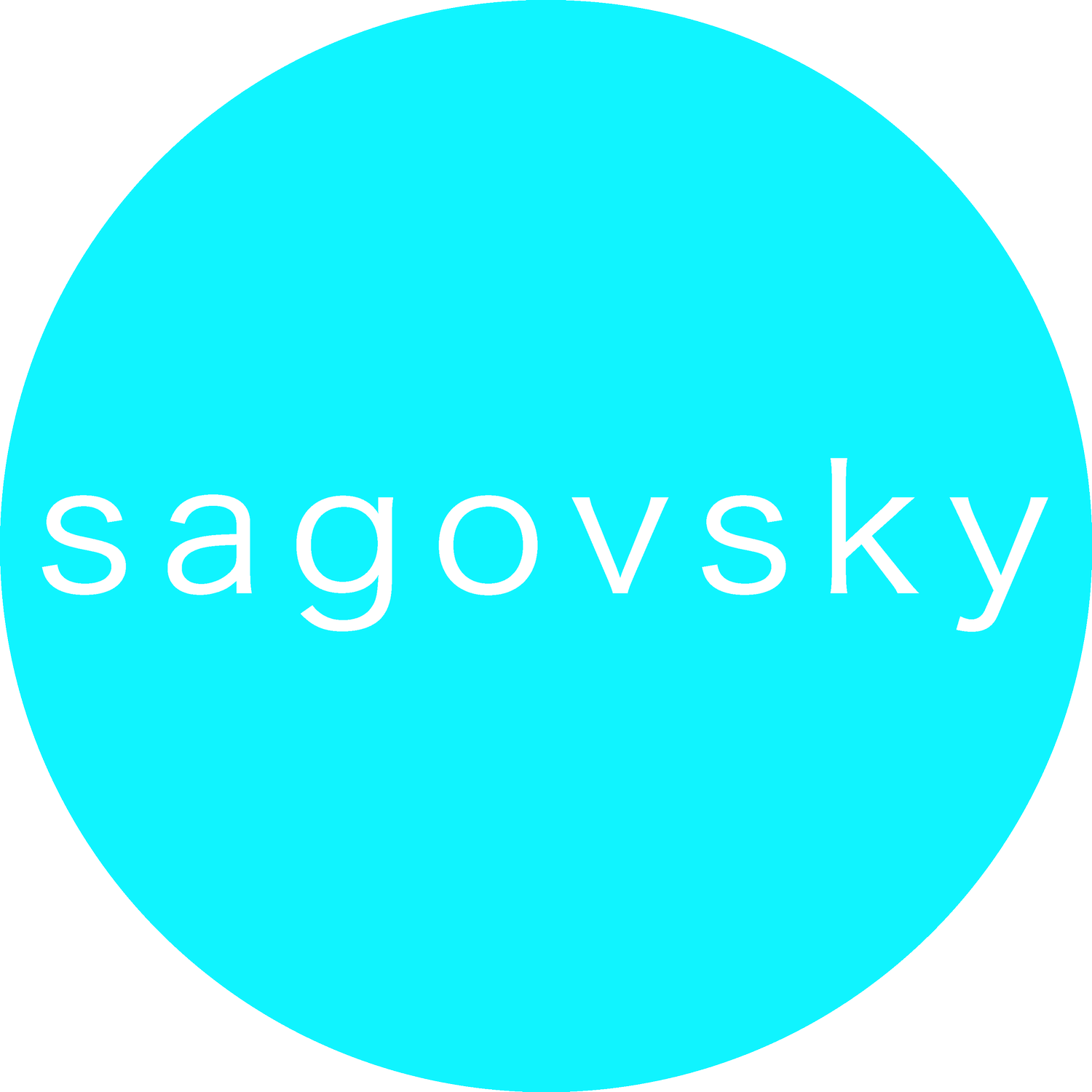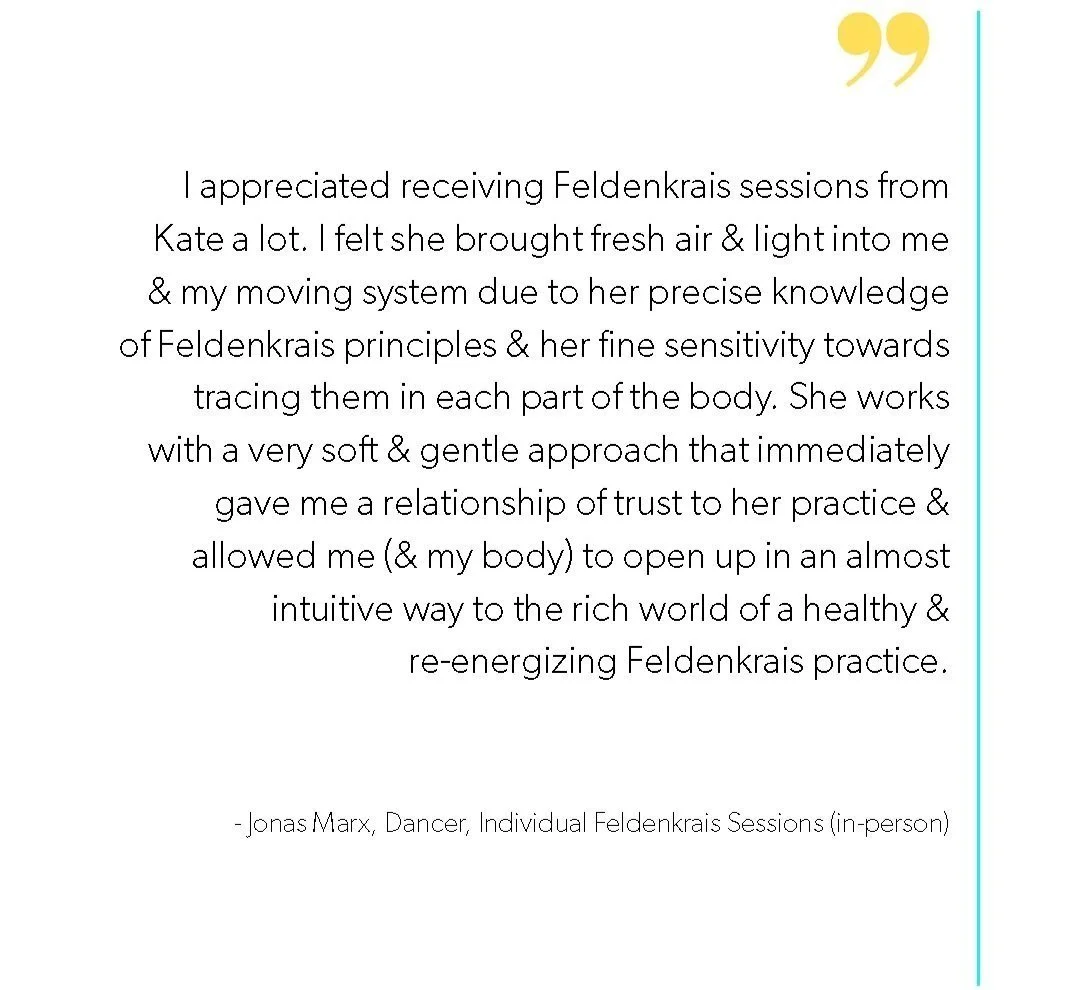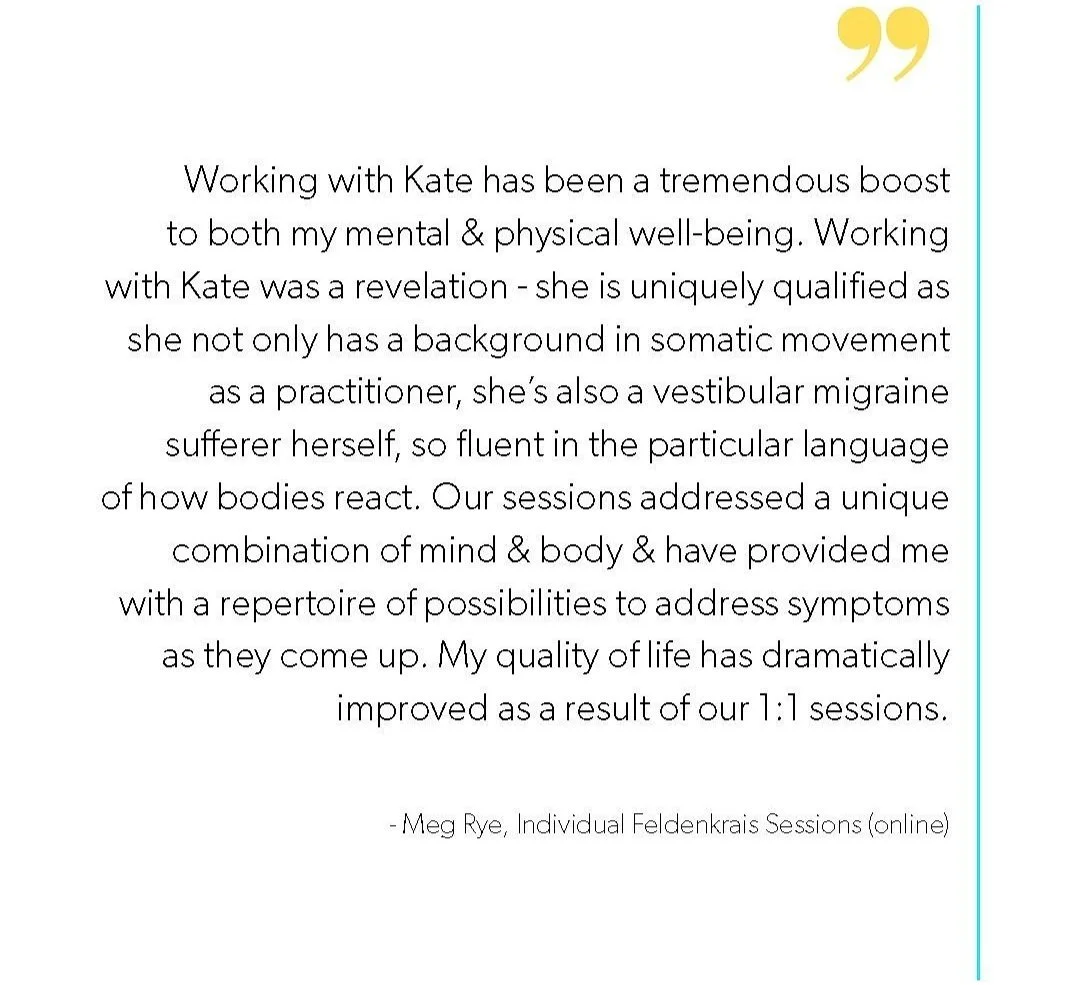
THE FELDENKRAIS METHOD
Sagovsky is a qualified Feldenkrais practitioner & a member of the Feldenkrais Guild UK. This learning methodology was first created by Moshe Feldenkrais & is now taught around the world, helping millions of people from all walks of life. ‘Feldenkrais’ (The Feldenkrais Method) is taught through group sessions & individual one-to-one lessons. It centres on personal, self-exploration through mindful movement which is carefully guided by a practitioner either through verbal instructions, touch, or a mixture of the two. The learner is guided to discover different ways in which certain movements could become easier for them. This gives them a chance to find out surprising things about the way in which they are moving in general – their physical habits. Often when we bring our awareness to our movement in this way, we discover that movements which we believed to be uncomfortable or impossible are in fact available to us, if we just move in a slightly different way, expanding both the range of our movement & the ideas we hold about our own potential. We are able to discover which physical habits are not helping us, & create new ones that allow us to move more freely, recover from injury or illness, or develop & fine-tune particular physical skills.
group sessions:
‘awareness through movement’ (ATM)
In group sessions the practitioner guides the learner through different sequences of movement using simple, easy-to-follow, verbal instructions. Many of the lessons take place lying down on the floor, but some involve exploring movement in sitting or standing. You will be invited to do a certain movement, & then play in different ways with how you are doing it. You are asked to bring your attention to each movement & discover how you could do it slowly & gently, with less effort & more ease. Participants are encouraged to retain their autonomy as learners, finding the journey through the lesson which is right for them, resting when they need, & following their curiosity to make their own discoveries. Many people find that regularly attending group sessions becomes an essential part of their weekly routine, & that ongoing practice improves their life in a broad range of ways - practising the Feldenkrais Method over time tends to bring not only improved physical release & increased movement ability, but also a lessening of stress, expanded modes of thinking & feeling, & new ease in relating to yourself & others.
individual 1-to-1 sessions:
‘functional integration’ (FI)
Individual sessions tend to take place on a low, padded table with the learner in comfortable, everyday clothes. Often the learner is invited at the beginning to share with the practitioner why they have come for a session: this may be because of pain, strain, or injury; or it may be they have a particular question about their movement patterns; or they may have a physical skill or technique they want to improve. The practitioner then uses touch - sometimes combined with verbal instruction - to guide the learner through a series of movement explorations designed to give them opportunities for learning ways of moving that help them address their concerns. For some people a one-off session may be enough to bring answers to their questions, while others may chose to work with a practitioner over a series of sessions during an extended period of learning (eg. for rehabilitation of serious injury; or for the development & maintenance of sophisticated physical skills in sports, dance, etc).






